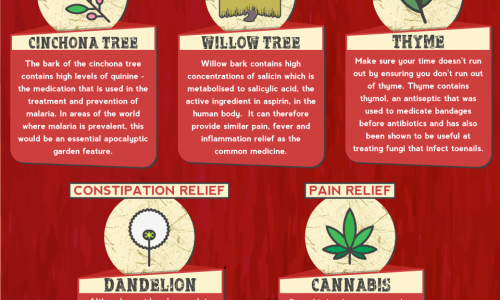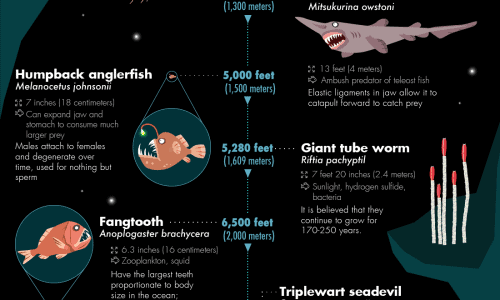
The ocean is both beautiful and mighty. It nurtures and destroys. It offers us hours of sporting activity and yet in one destructive moment, it can wipe out entire coastal villages. The destruction is all driven by the mighty waves that–when calm and under control–are so mesmerizing. So, how are waves formed?
Most waves are caused when the wind blows along the surface of the water. When the air blows across a calm area of the ocean, it causes friction on the surface and the water starts to form ripples that start to move toward the land. When the ripples gather together, they form swells. The harder the wind blows, the higher the swells.
Hazardous waves are often caused by underwater disturbances such as earthquakes and volcanoes. Who could ever forget the mighty tsunami that hit Sri Lanka the day after Christmas in 2004–the result of an underwater earthquake? Hurricanes and other harsh weather conditions can also create enormous waves that can bring flooding to coastal areas.
The gravitational pull of the sun and the moon causes tidal waves, the height of which fluctuates at different times of the month. Waves on an incoming tide are often more powerful than those on an outgoing tide because the waves push in the same direction as the tide.
The oceans cover over 70% of the earth’s crust, giving life and occasionally snatching it away through the wild, and angry motions of its waves.




